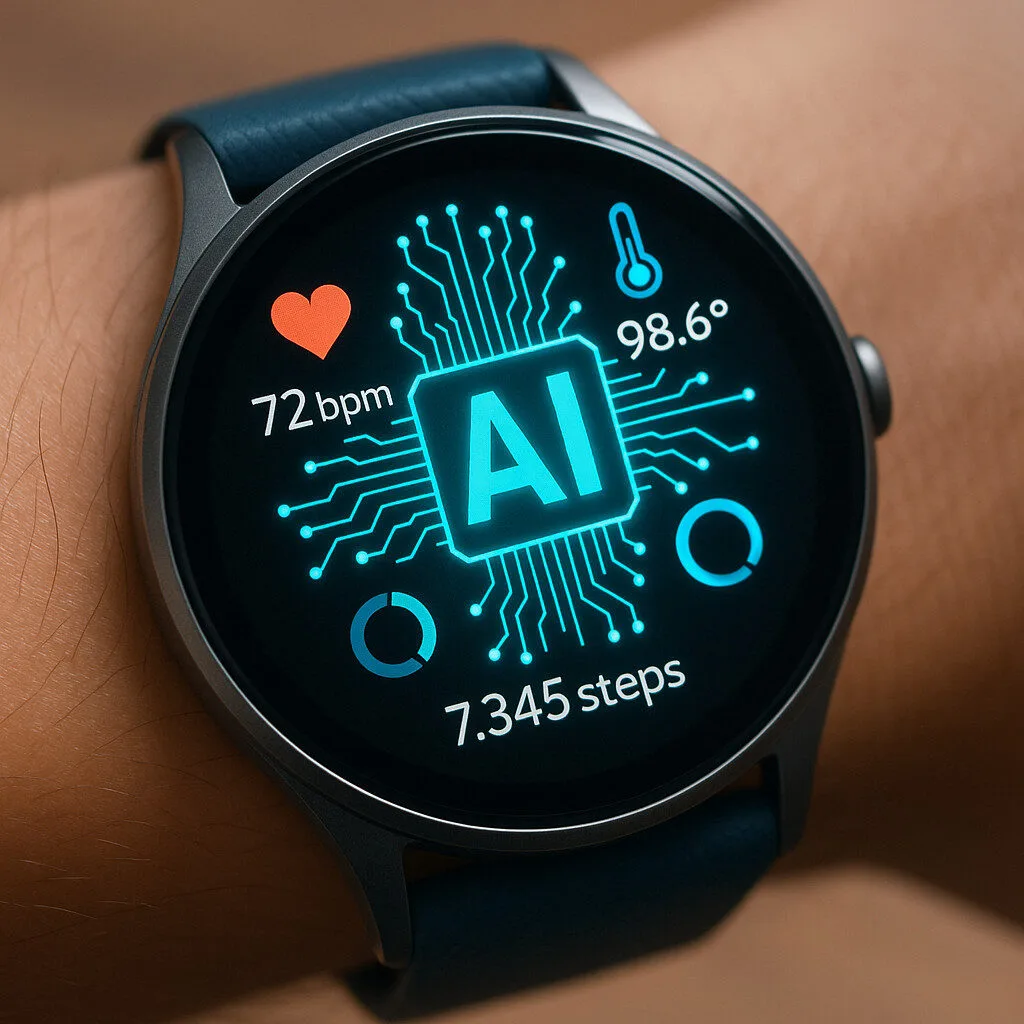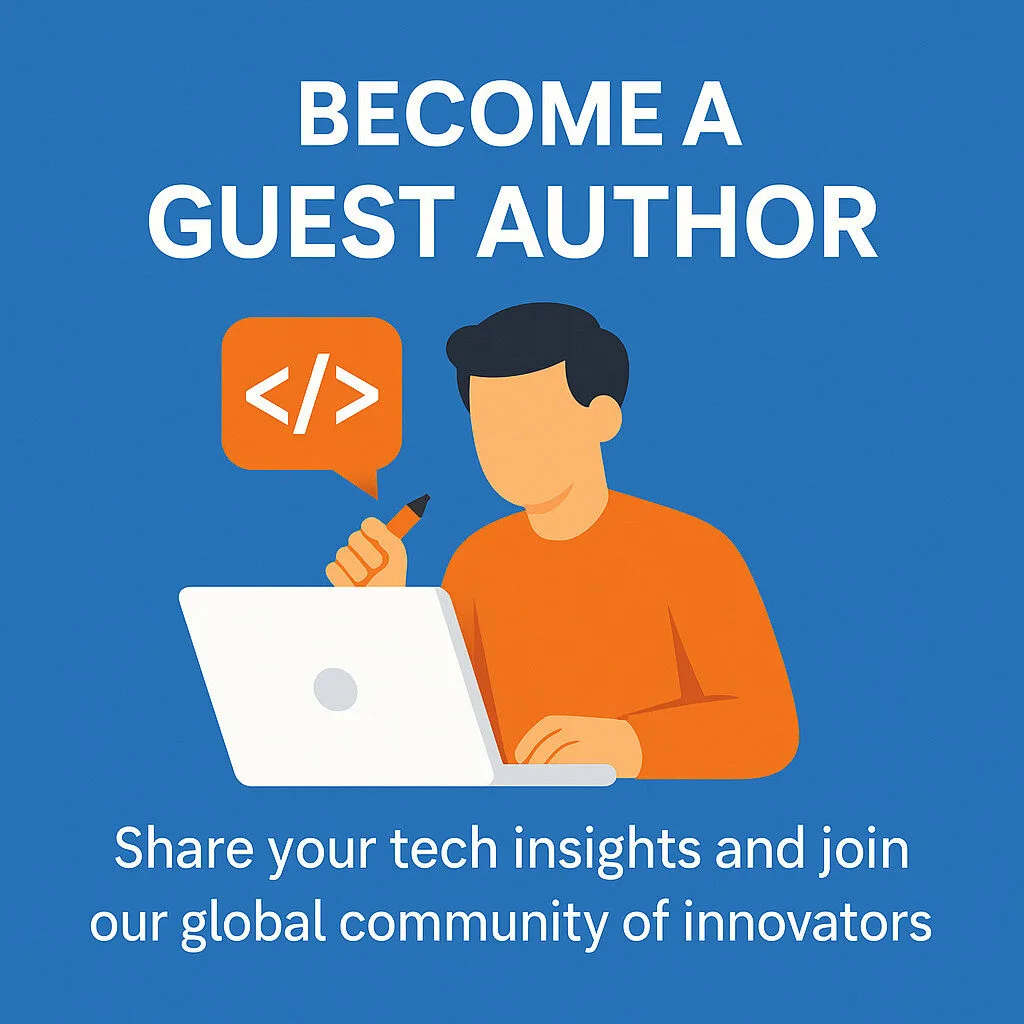In recent years, the intersection of artificial intelligence (AI) and wearable technology has led to some of the most transformative changes in digital health. As we enter 2025, AI-integrated wearables are no longer futuristic concepts but practical tools that are reshaping how we monitor, manage, and improve our health on a daily basis.
Table of Contents
From early detection of diseases to stress and mental health tracking, these intelligent devices are empowering individuals with real-time insights and enabling healthcare providers to deliver more proactive, personalized care. In this comprehensive article, we will explore how AI is driving innovation in wearable technology, the top devices leading the market, and what the future holds for AI-powered health monitoring.
1. The Evolution of Wearable Technology
Wearables have come a long way from simple step counters and heart rate monitors. The first wave of wearable fitness trackers provided basic biometric data. Over time, devices like smartwatches, fitness bands, and even smart rings have evolved into sophisticated health platforms.
Key milestones include:
- Integration of heart rate variability (HRV), SpO2, ECG, and body temperature sensors.
- Introduction of FDA-approved features such as AFib detection and fall detection.
- Increasing reliance on machine learning algorithms for data analysis.
The next step in this evolution is full AI integration—leveraging predictive models and neural networks to turn raw health data into meaningful, actionable insights.
2. What Is AI Integration in Wearables?
AI integration in wearables refers to the use of machine learning, deep learning, and predictive analytics to interpret biometric data collected by sensors. These algorithms can detect patterns, learn from user behavior, and even forecast potential health events before symptoms arise.
Examples of AI functionalities include:
- Early detection of cardiac arrhythmias.
- Predictive glucose monitoring for diabetics.
- Stress and mood analysis through HRV and skin temperature.
- Personalized fitness recommendations based on recovery metrics.
- Sleep stage recognition and optimization.
AI allows these devices to move beyond simple tracking and toward intelligent coaching and preventive care.
3. Leading AI-Integrated Wearables in 2025
1. Apple Watch Series 10 (2025 Edition)
- Enhanced neural engine for on-device machine learning.
- AI-driven mental health monitoring (depression, anxiety scoring).
- Continuous blood pressure and glucose tracking (non-invasive).
2. Fitbit Charge AI Pro
- Uses AI for personalized stress management programs.
- Predictive fitness and sleep coaching.
- Deep learning models trained on millions of data points.
3. Whoop 5.0
- Focused on recovery, HRV, and strain metrics.
- Machine learning-based sleep and workout optimization.
- Real-time coaching through AI-based assistant.
4. Oura Ring Gen 4
- Compact, stylish ring with AI-based insights.
- Tracks readiness, sleep, and menstrual cycles.
- Predicts illness onset using thermal and HRV data.
5. Samsung Galaxy Watch Ultra
- Samsung Health AI platform now supports predictive heart failure alerts.
- AI-enhanced coaching via Samsung’s BioActive Sensor Suite.
- Deep integration with smart home systems for holistic wellness tracking.
4. Key Health Areas Transformed by AI Wearables
A. Cardiac Health
AI-enhanced ECG sensors can now detect subtle anomalies in heart rhythm before they escalate into serious conditions. Real-time alerts help users seek medical help faster, potentially preventing strokes and heart attacks.
B. Diabetes Management
AI-powered continuous glucose monitoring (CGM) systems use trend analysis to predict blood sugar spikes or drops. Some wearables even suggest dietary adjustments or exercise routines to stabilize glucose levels.
C. Mental Health and Stress
AI models interpret data from HRV, skin conductance, and sleep to provide insights into stress levels, mood swings, and even early signs of depression. Some devices offer guided breathing or mindfulness exercises based on real-time readings.
D. Sleep and Recovery
With AI analyzing sleep cycles, wearables now provide in-depth breakdowns of REM, deep sleep, and disturbances. Users receive recommendations on bedtime, nutrition, and activities to improve recovery and performance.
E. Women’s Health
Smart rings and watches are using AI to track ovulation, menstrual cycles, and even early signs of hormonal imbalances. These insights aid fertility planning and help diagnose issues like PCOS earlier.
5. Real-World Use Cases
Case Study 1: Early Detection of AFib A 57-year-old user of the Apple Watch was alerted to an irregular rhythm. The AI-driven ECG had flagged the data as suspicious. Upon medical examination, the individual was diagnosed with atrial fibrillation and started on treatment early—possibly preventing a stroke.
Case Study 2: Managing Burnout in High-Stress Jobs Corporate employees using Whoop 5.0 reported better work-life balance thanks to AI-generated recovery scores. The device advised rest or low-impact activities on high-strain days, reducing overall burnout.
Case Study 3: Fitness Gains via Personalized Coaching Athletes training for marathons used Fitbit Charge AI Pro, which adjusted their schedules based on sleep debt and HRV. Results showed reduced injuries and faster performance gains over 6 weeks.
6. Privacy, Security, and Ethical Considerations
With great data comes great responsibility. As wearables collect vast amounts of health data, concerns over data ownership and security arise.
Challenges include:
- Ensuring data encryption both in transit and at rest.
- Allowing users full control over data sharing and deletion.
- Addressing AI model bias and transparency.
- Complying with health data regulations (GDPR, HIPAA).
Leading brands are increasingly incorporating decentralized AI models and anonymization techniques to protect user privacy.
7. The Role of AI in Preventive Healthcare
Traditional healthcare is reactive—treating symptoms after they appear. AI-integrated wearables shift the paradigm to preventive care:
- Continuous data monitoring detects early warning signs.
- Users can make informed lifestyle changes.
- Doctors gain more context through shared longitudinal data.
- Healthcare systems reduce costs by avoiding emergency interventions.
This proactive approach is especially valuable for managing chronic diseases like hypertension, obesity, and diabetes.
8. Future Outlook: What’s Next for AI Wearables?
The future of AI-powered wearables is filled with exciting possibilities:
- Smart Tattoos and Skin Patches: Ultra-thin biosensors embedded in skin for real-time health tracking.
- Brain-Computer Interfaces (BCI): Monitoring neurological activity and offering support for cognitive disorders.
- AI-Powered Virtual Health Assistants: Personalized AI avatars guiding users through nutrition, exercise, and mental wellness.
- Multi-Device Health Ecosystems: Synchronization between wearables, smart home devices, and medical records.
As quantum computing and edge AI become mainstream, the processing power and insights offered by wearables will only grow.
Final Thoughts
AI-integrated wearables are more than gadgets—they are companions in the journey toward better health. In 2025, they offer a powerful combination of real-time data, intelligent insights, and personalized coaching.
Whether you’re an athlete, a busy professional, or someone managing a chronic condition, AI-powered wearables give you the tools to take control of your health in ways never before possible.
As adoption grows, we can expect a shift toward democratized healthcare—where proactive, personalized, and data-driven wellness becomes the new normal.
Are you using an AI-powered wearable? Share your experience in the comments or tag us in your #WearableHealth story!







Leave a Reply